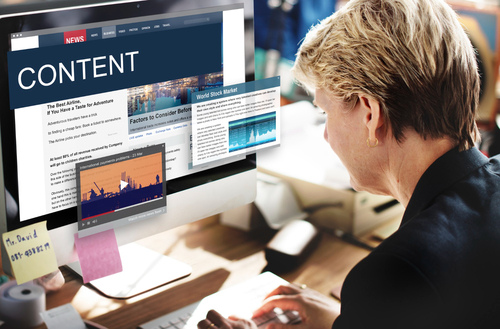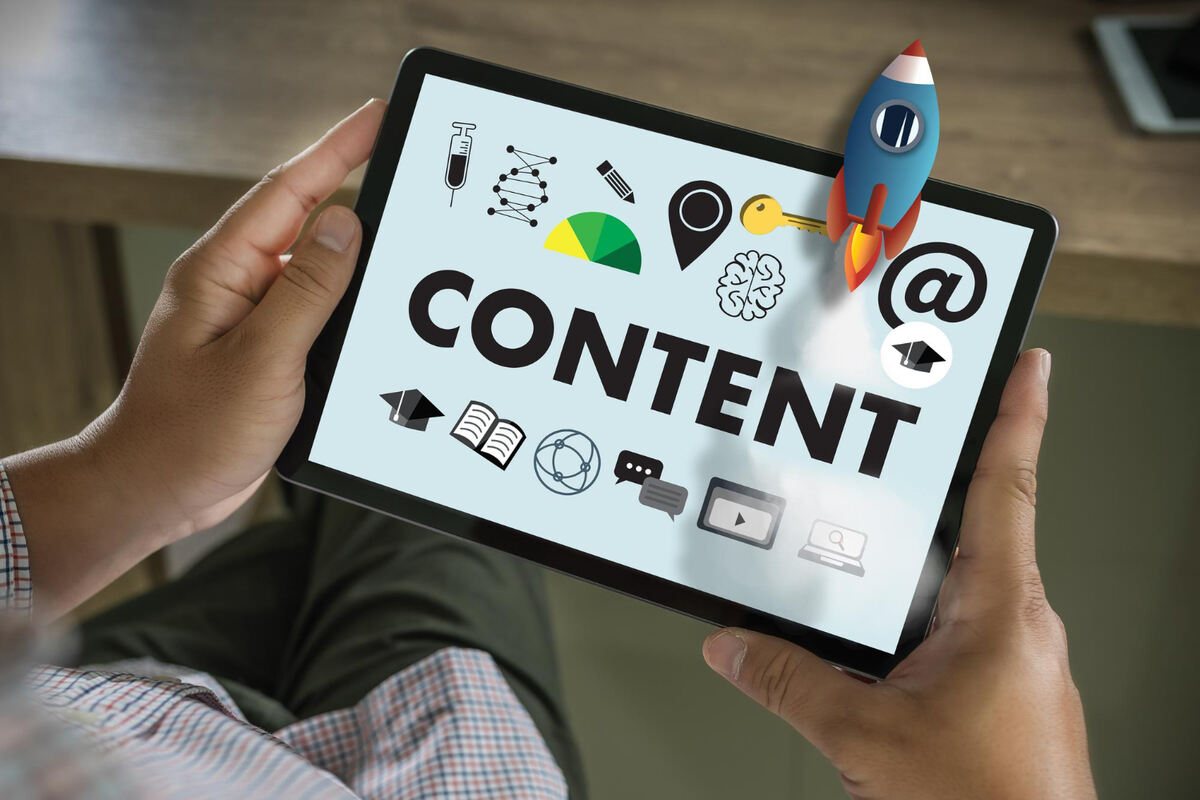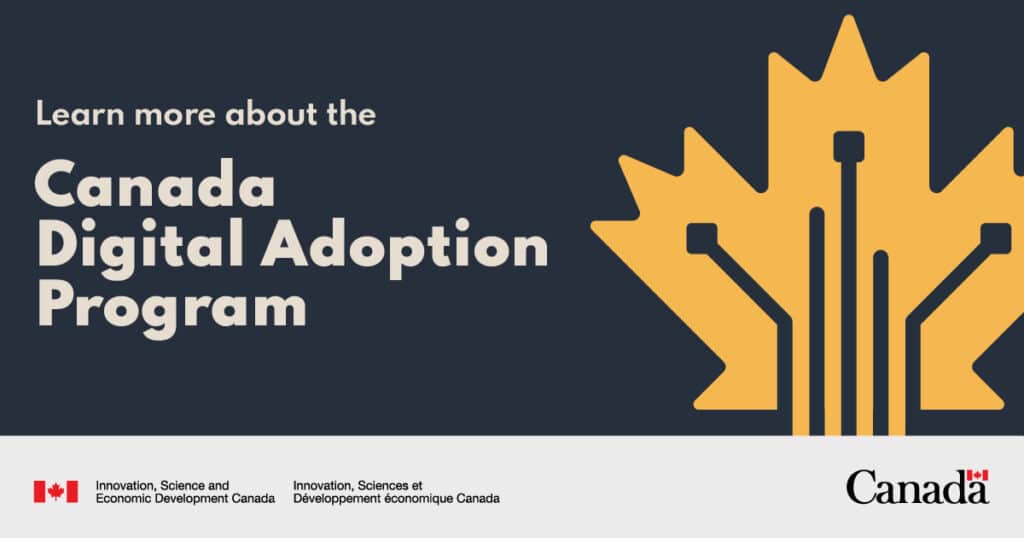The rapid digital environment makes it challenging for businesses to produce new, high-quality content regularly. This is where content repurposing becomes an essential strategy. Marketers can achieve maximum content value by repurposing existing content into different formats, which expands audience reach and boosts engagement.
For businesses, a content repurposing strategy is crucial to maintaining an authoritative online presence. This approach enables enterprises to improve their marketing performance by converting long-form blogs into social media posts and video content into written material.
What Is Content Repurposing?
Content Repurposing Meaning
At its core, content repurposing refers to modifying existing content into different formats to extend its reach and usefulness. Businesses benefit by using current assets for multiple purposes to establish consistent communication across all their platforms.
A detailed blog post can be transformed into three different content types, including an infographic, a podcast episode, and a video script. The dual benefits of repurposing content are time efficiency and maintaining appropriate relevance for diverse audience segments.
What Does Repurposing Content Mean for Businesses?
For businesses, repurposing content means maximizing the return on investment (ROI) from every piece of material they create. A properly designed article serves as the base material for various digital assets that enable better audience segmentation.
A strong content repurposing strategy ensures that marketing materials remain effective over time. Businesses can maintain the value of their outdated blogs by repurposing them, which enables them to add fresh insights and updated information.
Difference Between Content Repurposing and Content Recycling
People frequently mistake repurposing for recycling. Repurposing transforms content through format changes, but content recycling typically involves minor changes to repost the same material.
Content recycling occurs when you repost an old blog after minor modifications, but repurposing transforms that blog into new formats, such as video tutorials or podcast episodes. The second method delivers new value to the original core message.
Benefits of Content Repurposing

Expands Content Reach
It enables brands to reach more people through its extended distribution capabilities. People have different preferences when it comes to content consumption; some prefer reading, while others watch videos, and social media posts appeal to others. Businesses expand their audience reach through the conversion of content into multiple formats.
A strategic repurposing plan distributes important information through various channels, boosting brand visibility and audience engagement. Mediaforce benefits from this approach because it helps the company deliver complete digital marketing solutions to its clients.
Saves Time and Effort
The process of developing fresh content demands substantial time and substantial work. Repurposing blog content or other existing materials reduces the workload while maintaining a consistent flow of valuable information.
Marketers should dedicate their time to transforming existing content for multiple platforms instead of creating new ideas. A successful blog can be transformed into a LinkedIn post or an email newsletter. A LinkedIn post can enhance your reach as the platforms have over 1 billion users worldwide, and 26 million plus in Canada.
Boosts SEO and Organic Traffic
A strong content repurposing strategy is vital in search engine optimization in Toronto and beyond. When businesses update and repurpose old content, they increase the chances of ranking higher in search results.
Google favours fresh, updated content. Businesses strengthen their market presence by transforming their existing content into fresh formats, which helps them stay relevant. This strategy enables better keyword optimization, and companies can target various search queries.
Strengthens Brand Authority
A business establishes its position as a field authority by continuously delivering valuable content in different formats. Multiple presentation formats, such as videos, infographics, and blogs, help businesses demonstrate their expertise to their audience.
Businesses that share valuable insights through multiple platforms establish themselves as trusted authorities to their target audience.
Increases Engagement Across Multiple Platforms
People’s engagement with content depends on which platform they choose to access it. While content from a blog post shows weak social media performance, dividing it into smaller segments leads to better engagement.
Businesses can maintain audience engagement by converting lengthy articles into Twitter threads, Instagram carousels, and TikTok videos, which adapt content for different platforms. This customized method enhances audience engagement while sustaining digital presence.
How to Repurpose Content: Best Strategies & Tactics

Developing a Content Repurposing Strategy
An effective content repurposing strategy maximizes existing content without losing its original value. The initial step requires businesses to select high-performing content materials, such as blog posts, videos, and case studies, that can be transformed into alternative formats.
As one of the leading digital marketing companies in Toronto, Mediaforce uses audience behaviour analysis to identify what content types drive maximum audience engagement. Audience preference data enables the selection of appropriate repurposing methods that match their preferences.
Turn Blog Posts into Videos
Video content engages viewers more than written content. A properly written article transforms into an interactive explainer video that delivers students’ visual learning experiences.
Businesses should extract essential points from their blogs to develop brief educational video clips, which they can post on YouTube, Instagram Reels, and TikTok. Combining captions with visuals enhances content understanding while making it easier to share.
Repurpose Old Content into Infographics
Infographics are effective tools for presenting complex information through visually interesting designs. Research-based or detailed guide blogs can be transformed into easy-to-understand infographics, which enhance content engagement and shareability.
This format’s visual content presentation delivers optimal results on Pinterest, LinkedIn, and Instagram since users favour quick and visually appealing content. A Toronto-based SEO company such as Mediaforce can enhance infographics through keyword optimization of image descriptions and alt text.
Create Social Media Snippets from Long-Form Content
Social media platforms receive short-form content that originates from extended articles. A 2,000-word blog can transform into various social media content, such as LinkedIn posts, Instagram carousel slides, and Twitter threads.
The method distributes significant findings to more readers who do not need to read the complete article. Compelling headlines and strong call-to-action elements make content more likely to be shared.
Transform Webinars and Podcasts into Blog Articles
The valuable information presented in live discussions through webinars and podcasts becomes usable written content. Through transcription, businesses can convert audio recordings from sessions into comprehensive blog articles, whitepapers, and email newsletters.
Compile Multiple Posts into eBooks or Guides
Businesses can transform multiple connected blog posts into an eBook or downloadable guide. This method proves effective for lead generation because businesses can give away premium content that subscribers receive through their email addresses.
The provision of free guides helps establish credibility and deepens customer relationships.
Mistakes of Content Repurposing
Using the Same Format on Every Platform
One of the most common mistakes in content repurposing is failing to adapt materials to different platforms. A blog post format succeeds differently than social media content requires.
Every platform demands its own specific audience and content presentation format. Professional insights work best for LinkedIn users, but Instagram users prefer visually appealing content. Tailoring content for individual platforms improves audience interaction.
Ignoring SEO When Repurposing Content
Failing to consider SEO when repurposing content can result in missed opportunities for organic traffic. Including appropriate keywords within updated content leads to better search engine rankings.
The use of Toronto-specific keywords, such as search engine optimization, helps businesses achieve better local search results. A SEO company in Toronto such as Mediaforce, verifies that all repurposed content follows best practices to maximize discoverability.
Repurposing Outdated or Low-Quality Content
Every piece of old content does not qualify for repurposing. Using outdated materials that fail to update facts, statistics, or references damages credibility. A business must examine its content for relevancy before repurposing it.
When old content receives fresh data, new visuals, and insights, it becomes more appealing to target audiences.
Overloading Audiences with Repetitive Content
Repurposing content should not result in delivering identical messages to all platforms. Presenting content identically without any changes causes audience members to disengage.
Businesses must adopt creative methods when presenting identical information to their audiences. Repurposed content becomes more interesting when businesses use storytelling elements, case studies, or examples that match their target audience.
Why Work with a Content Repurposing Agency?

A well-planned content repurposing strategy requires expertise in adapting content for different platforms while maintaining effectiveness. This is where a content repurposing agency plays a crucial role.
Professional agencies like Mediaforce help businesses streamline their content through their content repurposing services, ensuring that each content is optimized for maximum engagement and reach. By utilizing advanced marketing approaches, businesses can reduce their work hours and generate superior outcomes.
How a Content Repurposing Agency Saves Time and Resources
The process of generating new content requires significant time investment. A content repurposing agency helps businesses repurpose existing materials efficiently, allowing marketing teams to focus on other strategic tasks.
Specialized tools help agencies evaluate content performance, enabling them to identify optimal adaptation methods for different platforms. The agency’s approach ensures that all valuable content finds its optimal use.
Maximizing ROI Through Content Repurposing Services
Investing in content repurposing services enhances return on investment (ROI). Businesses can maximize their existing content value by extending their lifespan, allowing them to reach new audiences without spending more money.
A well-executed content repurposing strategy allows brands to maintain a consistent presence across multiple platforms. This approach increases brand visibility while strengthening audience connections.
Conclusion
Content repurposing is a powerful strategy that allows businesses to maximize the value of their existing content. A brand’s adaptation of content materials into various formats enables audience reach growth, increasing user interaction and developing online footprint strength.
A well-structured content repurposing strategy ensures businesses stay relevant without constantly producing new content. Working with a content repurposing agency such as Mediaforce simplifies the process, saving time and resources while enhancing marketing efforts.
As businesses navigate the digital landscape, repurposing content remains essential for maintaining visibility and engagement. Contact us today, we can help you implement effective content repurposing, ensuring sustainable growth in an ever-changing market.













